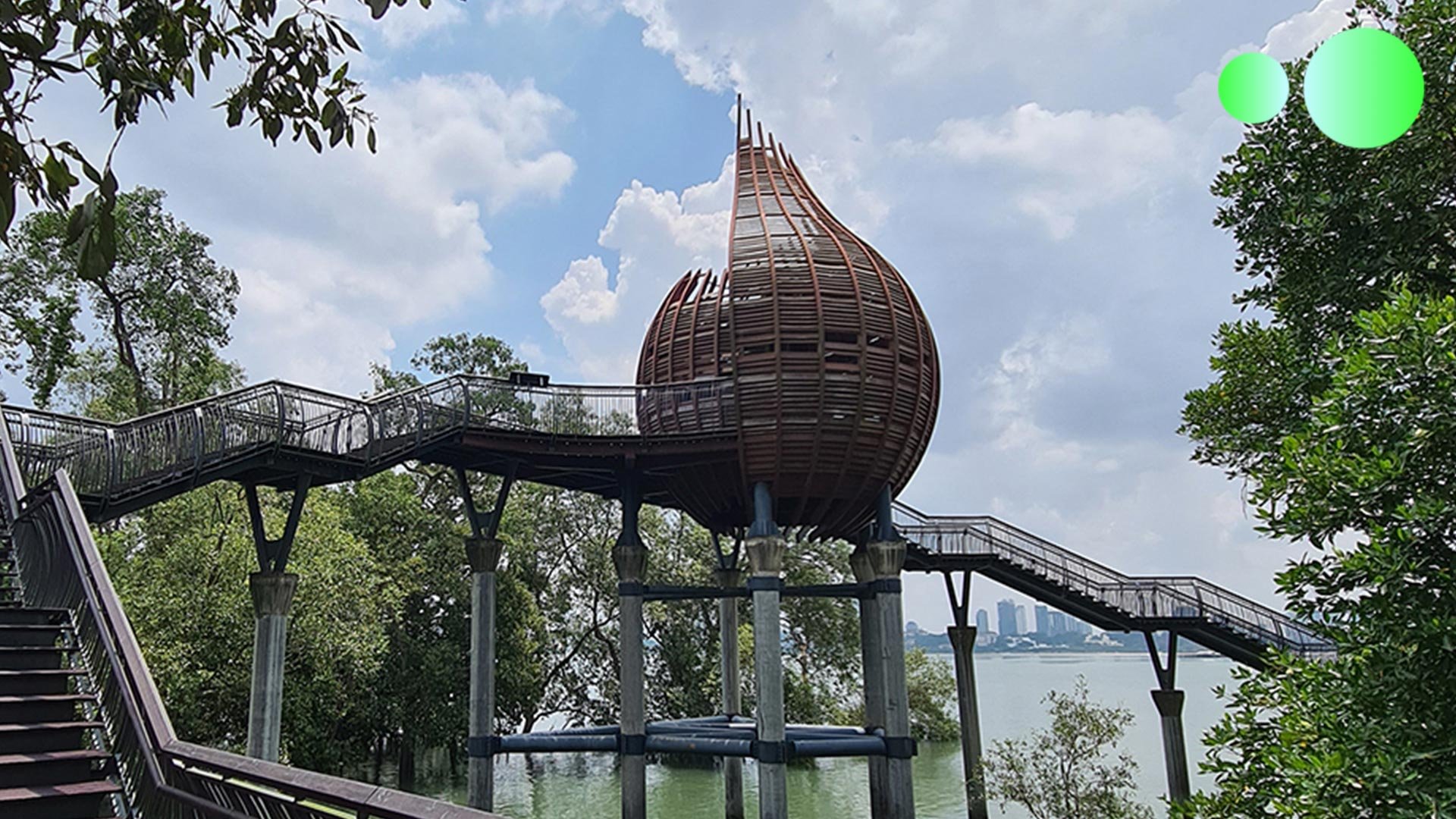Singapore Learns to Coexist with Wildlife in a Concrete Jungle
Otters in Singapore, the “City in Nature” PHOTO/NPARKS
Singapore, a nation synonymous with towering skyscrapers and bustling cityscapes, is surprisingly home to a rich tapestry of wildlife. From otters frolicking in the canals to monkeys swinging through parks, these creatures are increasingly finding themselves sharing their habitat with a rapidly urbanising human population.
Green Corridors and Learning to Share
Recognising the importance of preserving biodiversity, Singapore has embarked on an ambitious "City in Nature" vision. This initiative involves creating a network of green corridors, parks, and gardens that connect pockets of natural habitats throughout the island. This not only provides crucial sanctuaries for wildlife but also allows them to move safely between these spaces.
Schools are playing a vital role in this ecological education. The National Parks Board's (NParks) Greening Schools for Prioritising Biodiversity Programme transforms school grounds into microcosms of Singapore's ecosystems. Students learn to appreciate the natural world right on their doorstep, fostering a sense of respect and responsibility for wildlife conservation.



Challenges and Co-existence
Of course, co-habitation isn't always smooth sailing. Encounters with wild animals, while exciting, can sometimes pose a threat. NParks has established a dedicated wildlife in Singapore management unit to address these situations. Residents are also encouraged to report sightings and learn how to behave responsibly around wild animals.
The Best Places to Spot Wildlife in Singapore
For nature enthusiasts eager to witness Singapore's wild residents, there are plenty of opportunities. According to Global Trekker, some of the best spots to encounter wildlife include:
Sungei Buloh Wetland Reserve
Bukit Timah Nature Reserve: The oldest rainforest reserve in Singapore, boasting a diverse range of flora and fauna.
Sungei Buloh Wetland Reserve: A haven for migratory birds and a crucial stopover point for many species on their journeys.
Pulau Ubin: A rustic island offering a glimpse of Singapore's pre-development days, with wild boars, monkeys, and otters frequently spotted.
Singapore Botanic Gardens: This UNESCO World Heritage Site is a haven for birdwatchers, with over 400 species recorded here. Keep an eye out for hornbills, flowerpeckers, and even the occasional colugo (flying lemur).
MacRitchie Reservoir: This sprawling park offers a chance to spot monkeys, squirrels, and a variety of birdlife. Hike along the MacRitchie TreeTop Walk for a unique perspective of the rainforest canopy.
Symbiotic Success
Singapore's innovative approach to wildlife management is a shining example of how urbanisation and nature conservation can go hand-in-hand. This commitment to environmental responsibility extends beyond wildlife. For instance, scientists in Singapore are pioneering ways to transform fruit leftovers into antibacterial bandages. You can read our full article at Singaporean Scientists Develop Antibacterial Bandages from Fruit Waste.
By embracing its wild side and fostering a spirit of coexistence, Singapore is creating a sustainable future for both its human and animal inhabitants.
Stay tuned for more stories from Global Trekker’s Nature & Environment topic, where we continue to explore nature and wildlife and the importance of conservation around the globe.
Broaden your mind, open your heart, and inspire your soul with Global Trekker.Follow us:










